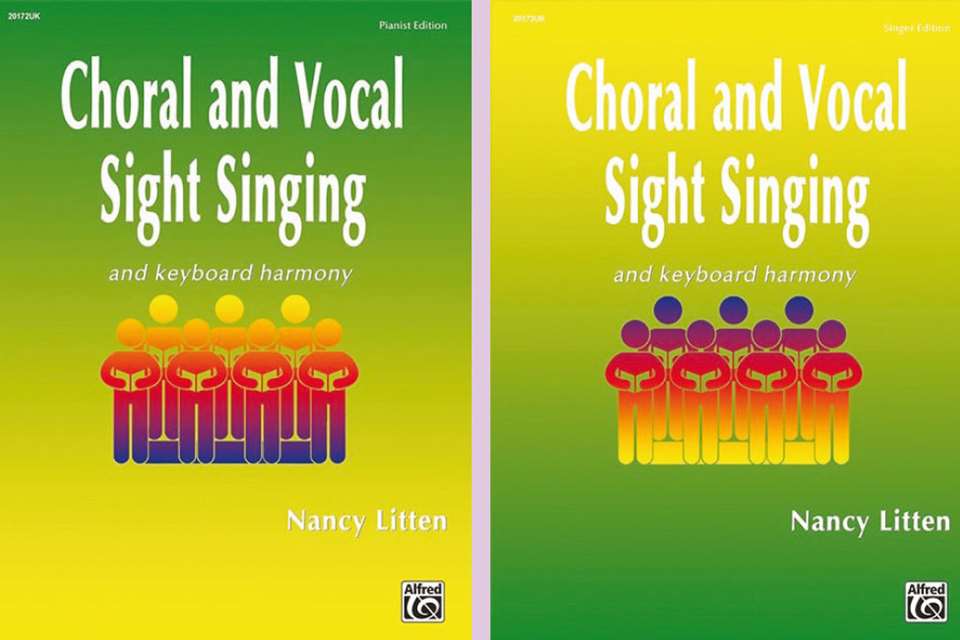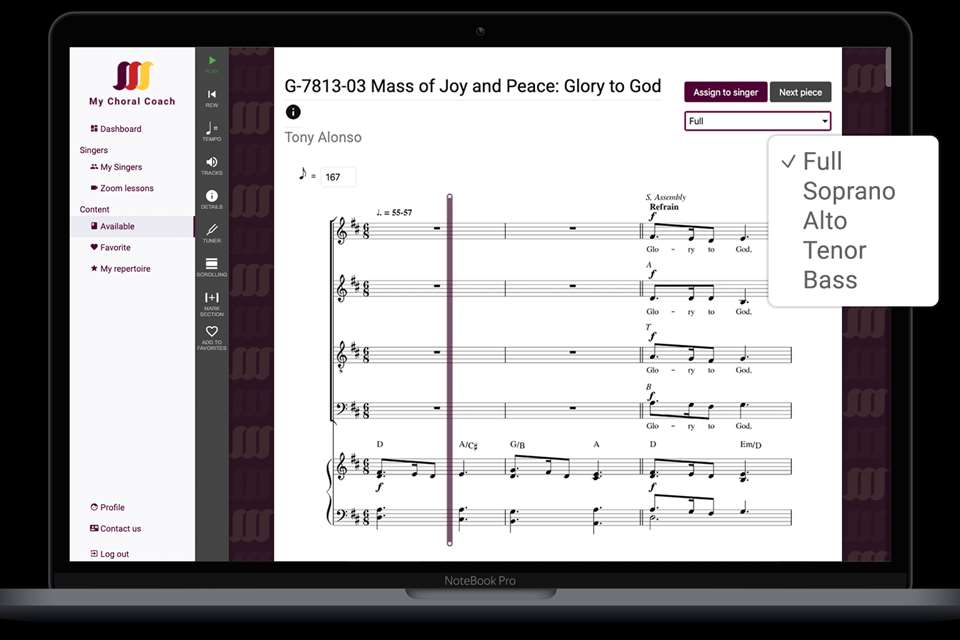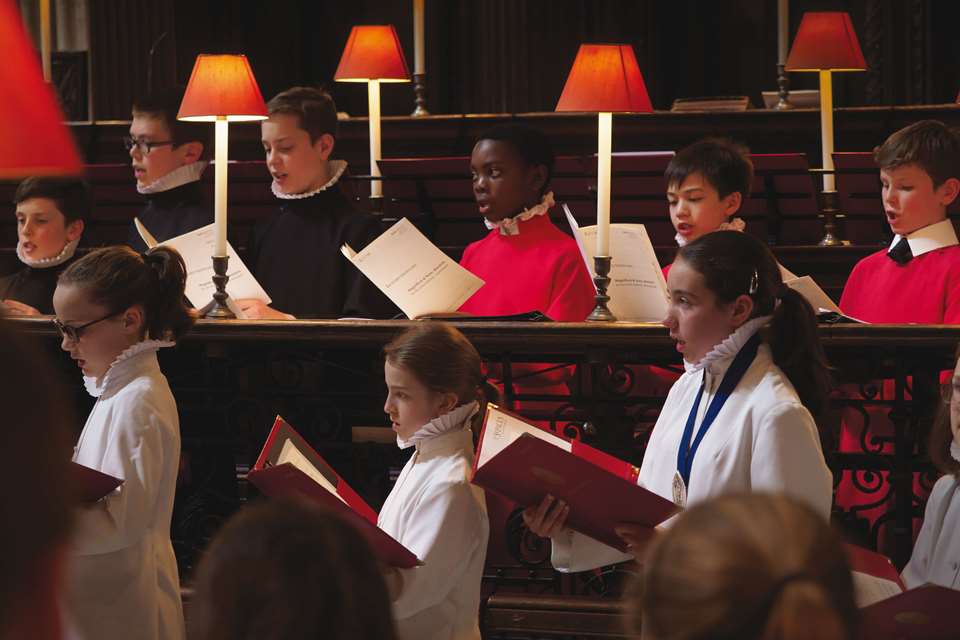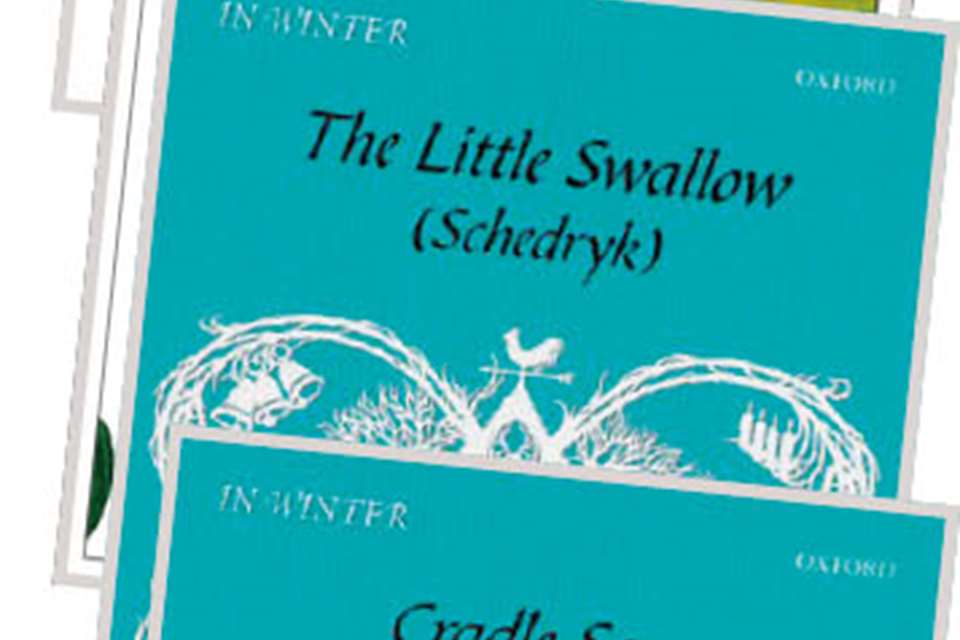Choral sheet music reviews: In the deep
Anita Datta
Wednesday, June 1, 2022
Anita Datta reviews In the deep – a collection of choral repertoire for tenors and basses published by Oxford University Press.
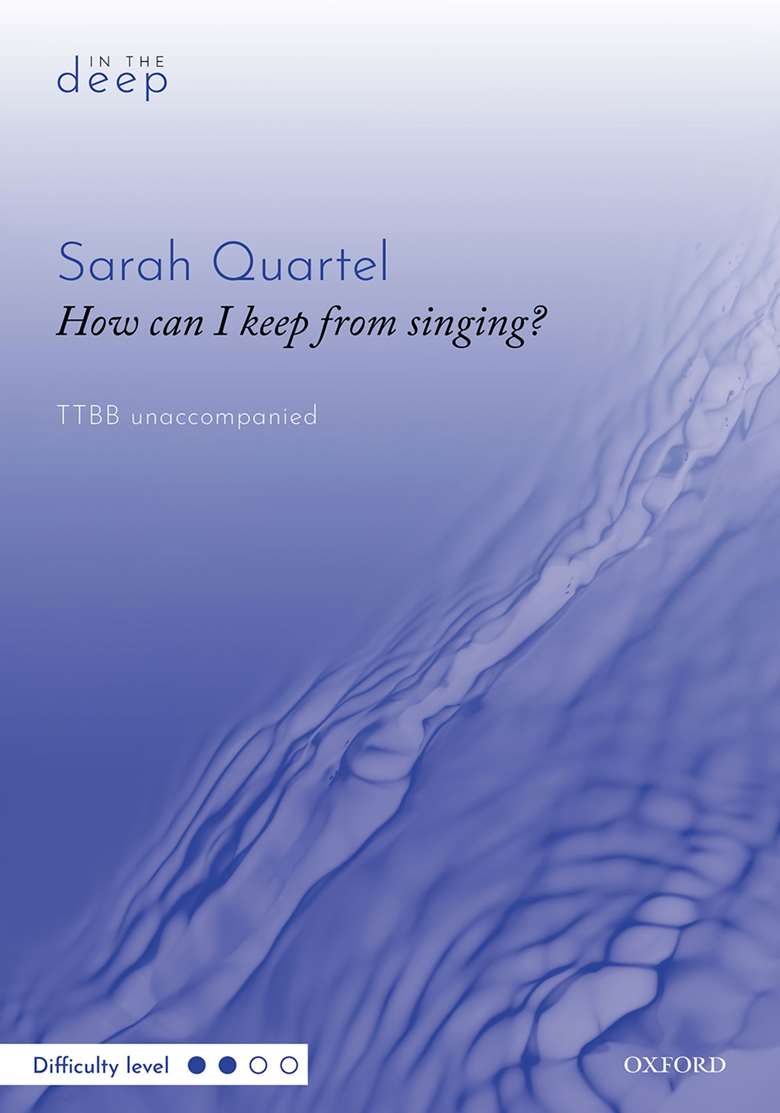
In recent decades, secondary school music teachers have become increasingly aware of the importance, and challenges, of selecting appropriate repertoire for cambiata (‘changing’) voices. It is primarily thanks to research from colleagues in North America that the old Anglican Cathedral Choir practice of booting teenage boys out of the rehearsal room has dwindled, to be replaced by a general recognition that adolescent males’ musical education may be continued effectively with repertoire situated in the comfortable range of their changing voices.
In the deep is a collection of choral repertoire for tenors and basses published by Oxford University Press. It is described as providing ‘programming solutions for inspiration, refreshment and reflection’ suitable for various choral contexts, ‘including school, college, community and church ensembles’. Notably, the majority of these are likely to include cambiata singers. Indeed, the contents of the collection encompasses a range of styles, bringing together original compositions, arrangements and adaptations of existing works for lower voices. Although it is presumed that the composers did not produce these works solely with cambiata voices in mind, I here evaluate the collection's merit as a resource for teachers and youth choir leaders seeking material to inspire and enthuse students who are experiencing vocal change.
A primary consideration when programming in schools and youth choirs is the social suitability of the resource material, and whether our students will find it engaging. On this account, In the deep sets an excellent example. All the pieces included are stylishly arranged, and appeal to the contemporary ear without resorting to either populism or archaism. The selection traverses a balance of secular and sacred textual sources from a range of contexts, and those pieces incorporating languages and styles from minoritised cultures within the Western Classical context are accompanied by helpful performance notes and easy-to-follow pronunciation guides. Socio-culturally and aesthetically speaking, there is something for everyone within this collection.
A somewhat more daunting consideration when evaluating the suitability of repertoire for young singers pertains to the technical elements of the pieces. Perhaps thanks to the diversity of composers solicited, this collection provides opportunities to explore and master different historical influences (for example, ‘My heart be brave’), harmonic languages (‘I carry your heart’; ‘Sha! Shtil!’) melodic devices (‘TaReKiTa’), and unusual uses of rhythm and metre (‘Sing, my Child’). As a general musical training resource, therefore, it is a rich one. However, where cambiata voices are concerned, the range of parts is perhaps the most important consideration of all, since this determines whether the singers will be able to execute the music well and enjoy the experience. From this perspective, the collection presents more variable opportunities.
The appropriate range for a ‘trained’ cambiata voice (minims), and an untrained/less trained cambiata voice (crotchets)

The appropriate range for a ‘trained’ baritone voice (minims) and an untrained/less trained baritone voice (crotchets)

A reasonable number of the pieces do sit within a range that could be comfortably executed by cambiata and baritone voices. These include Rutter's ‘God be in my head’ and Ian Assersohn's arrangement of the Yiddish folksong ‘Sha! Shtil!’. Others are perhaps more suited towards more mature school and college choirs where the cambiata tenors and baritones are mixed in with more ‘settled’ basses and mature tenors in the form of staff members or older peers.
For example, while the upper three parts of Toby Young's ‘I carry your heart’ are well suited to cambiata and young baritone voices, the two lower parts require clarity of intonation at the lower end of the bass register to support the harmonic colour, and would be best delivered by mature bass voices. Similarly, the T1 line of ‘TaReKiTa’, Reena Esmail's brilliant composition built on the Jog raga, is within the range of cambiata voices but the T2 line which sustains the main thematic interest sits more in a baritonal range. As in Young's piece, the lower two parts of ‘TaReKiTa’ certainly require mature basses to sustain the long, low-pitched drone notes.
Across the collection, the extension of parts labelled ‘Tenor’ into depths that plumb the extremes of what might be considered a tenor range seems to be a theme, with the tenor line in Quartel's ‘Sing, my Child’ reaching down to D3, and Daley's ‘The Lake of Innisfree’ stretching further to B flat 2. Indeed, these parts would be a challenge for mature tenor voices and will certainly both feel and sound unpleasant if attempted by cambiata singers. While these pieces might appeal to versatile community chorus settings, the choir leader in youth settings will need to exercise discretion in selecting pieces from within the volume, and indeed in part allocation, since quite often the parts labelled ‘Tenor 2’ are much more baritonal in scope.
Overall, In the deep offers a diverse and appealing selection of music for lower voices. As a resource for music teachers, the selection should perhaps not be seen as universally suitable for cambiata voices. However, with careful thought in the choosing of pieces and allocation of parts, the range does include a number of compelling and distinctive works that would enhance the repertoire of choirs that embrace changing voices.



